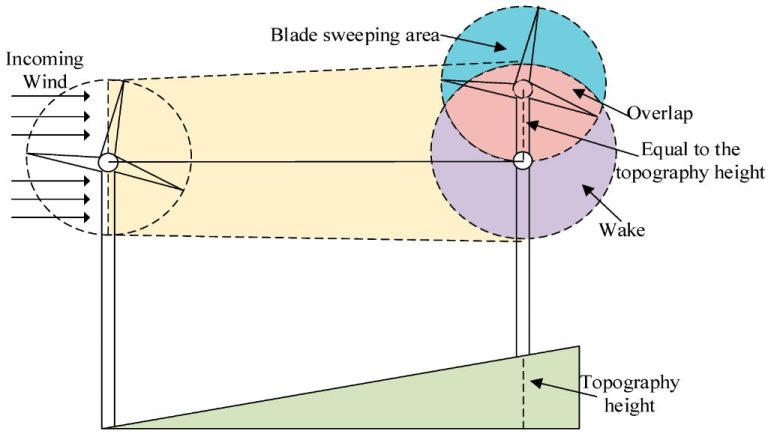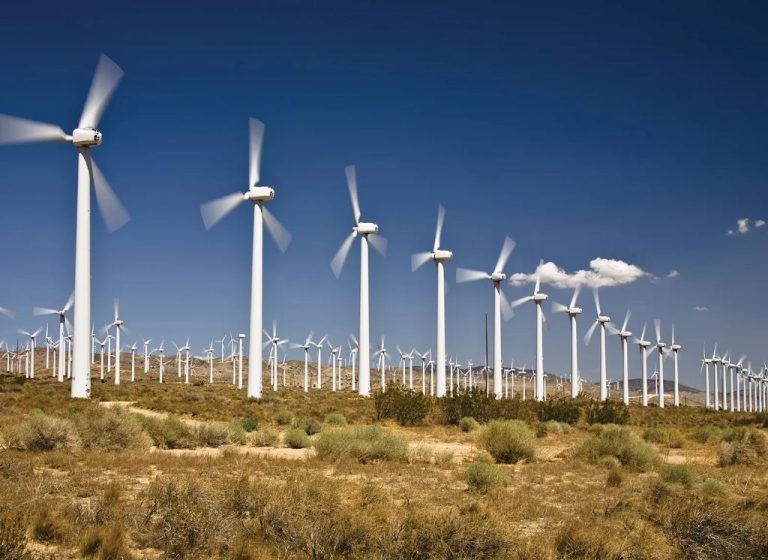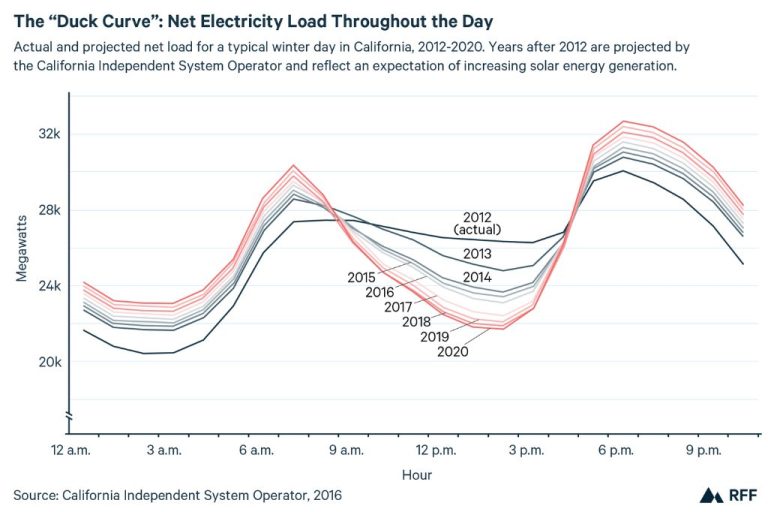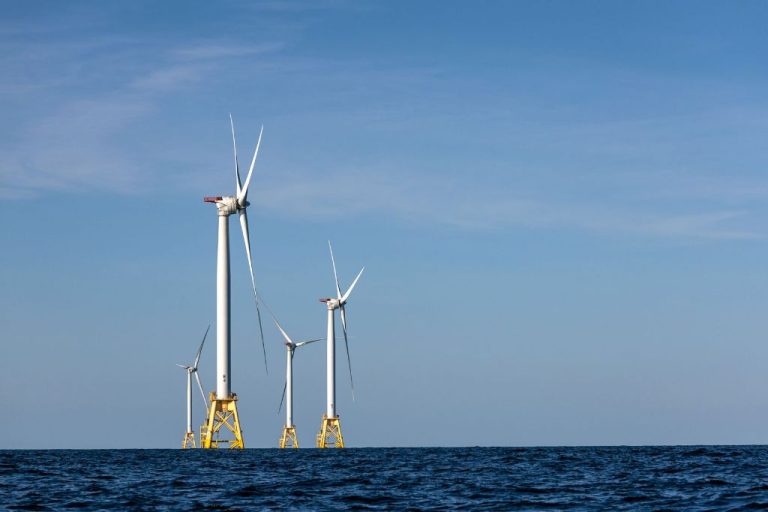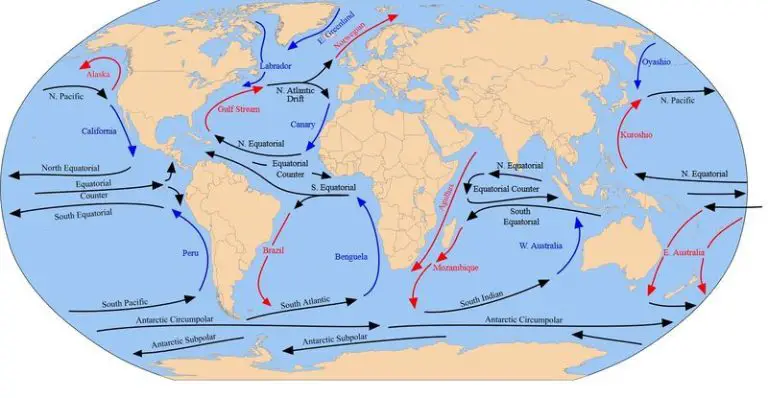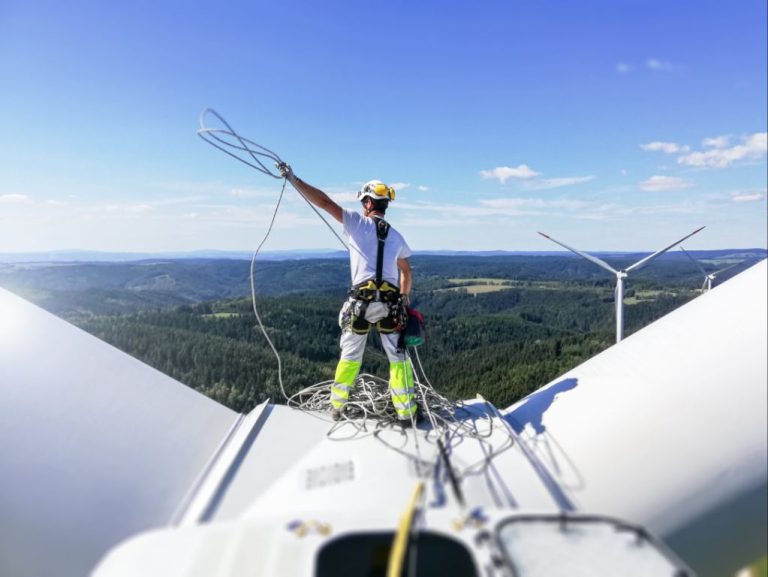Which Part Of The U.S. Is The Best For Wind Power?
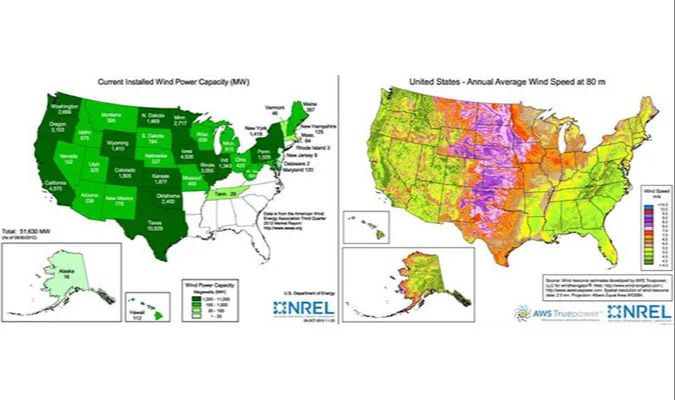
Wind power has emerged as an important source of renewable energy in the United States. As of 2021, the U.S. had over 122 gigawatts of installed wind power capacity, enough to power over 42 million homes. However, wind power potential varies greatly across different regions and states due to differences in wind speeds, land availability, government policies, and other factors. Determining the areas with the best wind resources and supportive policies is crucial for guiding future wind energy development and investment in the U.S.
This article analyzes the key factors that make a region well-suited for wind power, including wind speeds, land availability, state renewable portfolio standards, financial incentives, and offshore wind potential. It aims to provide a comprehensive overview of the diverse wind power landscape across the U.S. and identify the areas that are emerging as leaders in wind energy production and adoption.
Wind Power Potential by Region
The United States has immense potential for wind power generation, especially in the central plains states. According to the U.S. Department of Energy, the Midwest region has the highest onshore wind potential, followed by the Great Plains, West, and Northeast regions (Wind Energy State Information – WINDExchange).
Specifically, North Dakota, South Dakota, Nebraska, Kansas, Minnesota and Iowa have some of the best wind resources in the United States. This is due to consistent, strong winds coming from the Rocky Mountains and sweeping east across the Great Plains (Wind generation potential in the United States). The coastal regions of the Northeast, West Coast and Hawaii also have excellent offshore wind energy potential.
According to the Department of Energy, harnessing only 20% of the available wind over land in the contiguous U.S. could provide enough electricity to power the entire nation (Advantages and Challenges of Wind Energy). Clearly, the central U.S. and Midwest have abundant untapped wind resources that could be utilized to produce renewable energy.
Top Wind Power Producing States
When ranked by installed wind power capacity, the top 5 wind power producing states in the U.S. are:
- Texas – Over 30,000 MW of installed capacity, providing around 15% of the state’s electricity. Texas has more wind power capacity than any other state. (Source)
- Iowa – Over 10,000 MW installed capacity, providing 42% of the state’s electricity. Iowa gets a higher share of its energy from wind than any other state. (Source)
- Oklahoma – Over 9,000 MW installed capacity, supplying 25% of the state’s electricity. Oklahoma has the 3rd highest wind power capacity in the nation. (Source)
- California – Over 6,000 MW installed capacity, providing 11% of the state’s electricity. California has more wind power capacity than any state outside the Midwest. (Source)
- Kansas – Over 6,000 MW installed capacity, supplying 36% of the state’s electricity. Wind power accounts for over a third of Kansas’ electricity generation. (Source)
Other leading wind power states include Illinois, New York, Washington, Colorado, New Mexico, Minnesota, Wyoming, Oregon and North Dakota.
Wind Speed and Consistency
When it comes to harnessing wind power, two key factors are average wind speed and consistency. States with higher average wind speeds and more consistent wind patterns are best suited for wind energy production.
According to data from the National Renewable Energy Laboratory, the windiest states in the U.S. based on average annual wind speed at 80 meters are: Alaska (21.9 mph), Wyoming (20.9 mph), and Nebraska (20.6 mph). Other top windy states include South Dakota, Kansas, Montana, North Dakota, Minnesota, Idaho, and Iowa – all with average wind speeds above 17 mph.
In terms of consistency, states in the Great Plains region like North Dakota, South Dakota, Nebraska, Kansas, and Oklahoma see the most regular wind patterns. Coastal states also tend to have steady onshore breezes. Consistency is important for turbine productivity and grid reliability.
So when considering both high average wind speeds and consistent wind patterns, the central U.S. states of Wyoming, Nebraska, Kansas, South Dakota, North Dakota, Montana, and Iowa rise to the top for wind energy potential.
State Renewable Portfolio Standards
Many states have adopted Renewable Portfolio Standards (RPS), which are policies that require a certain percentage of electricity sold in the state to come from renewable energy sources like wind and solar. According to the U.S. Energy Information Administration, 29 states and Washington D.C. currently have mandatory RPS policies, while 8 states have voluntary renewable energy goals (EIA). These standards help drive growth in renewable energy by creating guaranteed demand. For example, California’s RPS requires 60% renewable electricity by 2030 and 100% carbon-free electricity by 2045. Other states with ambitious RPS goals include New York (70% by 2030), New Jersey (50% by 2030), and Illinois (25% by 2025). Since wind energy is cost-competitive, it is often a primary way for utilities to meet RPS requirements. States with high renewable targets tend to attract more wind energy investment and development.
State Wind Energy Tax Incentives
Several states have implemented tax incentives to promote wind energy development. These incentives include tax credits based on electricity production, property tax abatements, sales tax exemptions, and more. According to research from the Great Plains Institute, North Dakota, South Dakota, Minnesota, Iowa, Kansas, Oklahoma, and Texas all offer state production tax credits for wind energy.
Many states also provide property tax incentives for wind projects. For example, Nebraska offers property tax exemptions on renewable energy systems. Meanwhile, Kansas offers property tax abatements. Comparing the different state tax credits, property tax exemptions, and other incentives provides insight into which states offer the most favorable tax treatment of wind projects.
Wind Energy Employment
Texas has by far the most wind energy jobs in the United States. According to Statista, Texas had 24,374 jobs in the wind energy industry in 2016. The next highest states were Oklahoma with 8,321 wind energy jobs, Iowa with 7,124, Colorado with 6,250, California with 4,635, Illinois with 4,559, Ohio with 3,859, and Michigan with 3,584 wind energy jobs.
According to an analysis by Canary Media, the top 5 states for wind energy jobs in 2021 were: Texas (25,000 jobs), Iowa (10,000 jobs), Oklahoma (8,500 jobs), Colorado (7,000 jobs), and Illinois (5,000 jobs). While Texas produces and consumes more wind power than any other state, the wind energy industry provides lots of employment opportunities in the central U.S. region as well.
Wind Energy Potential on Federal/Public Lands
The Bureau of Land Management (BLM) manages over 20 million acres of public land in 11 western states that have wind energy potential. The BLM has approved numerous wind energy projects on public lands, with the generation capacity from these projects totaling over 8,731 megawatts as of 2021. There is still substantial potential for additional wind energy development on BLM-managed lands.
Many of the top wind power producing states have a significant amount of wind projects on federal public lands. For example, in Texas wind projects on BLM lands have capacity of 2,090 megawatts. New Mexico has 1,166 megawatts of wind power capacity on federal lands and Wyoming has 1,544 megawatts [1].
California, Oregon, and Washington also have high potential for wind energy on public lands managed by the BLM. As of 2021, California had 780 megawatts, Oregon had 1,089 megawatts, and Washington had 499 megawatts of installed wind power capacity on BLM-managed lands [1].
Overall, western states with large amounts of public lands controlled by the Bureau of Land Management tend to have significant installed and potential wind energy generation capacity. The BLM leasing process allows private developers to site wind projects on certain public lands, providing income to federal and state governments.
Offshore Wind Energy Potential
The United States has significant potential for offshore wind energy development, especially along the Atlantic and Pacific coasts. Several states are moving forward with projects to tap into this abundant renewable resource.
According to the U.S. Department of Energy, the technical potential for offshore wind in the United States exceeds 2,000 gigawatts of capacity. This is a massive amount of carbon-free electricity. For comparison, the total U.S. electricity generation capacity today is around 1,100 gigawatts.
As of early 2022, the U.S. has only 42 megawatts of installed offshore wind capacity from the small Block Island Wind Farm off Rhode Island. However, over 20 offshore wind projects totaling more than 30 gigawatts of capacity are in various stages of development. The vast majority of these planned projects are along the East Coast.
States with active offshore wind leases and projects in development include New York, New Jersey, Maryland, Virginia, North Carolina, Massachusetts, Rhode Island, Connecticut, Delaware, Maine, California, and Hawaii. Major projects include Vineyard Wind off Massachusetts, Ocean Wind off New Jersey, Skipjack Wind off Maryland, and South Fork Wind off Long Island, New York.
The federal government has designated several Wind Energy Areas off the Atlantic coast with high wind speeds, proximity to load centers, and suitable seabed conditions for offshore wind turbine foundations. Regular auctions for commercial leases in these areas help spur offshore wind development.
In the next decade, offshore wind is poised for rapid growth in the United States as states work to meet their renewable energy goals. Floating wind turbine technology could also unlock even more offshore wind potential in deeper waters such as along the West Coast.
Conclusion
After reviewing wind power potential across different regions of the U.S., several key factors emerge that determine which states are best suited for wind energy development and production:
- Wind Speed and Consistency – States with higher average wind speeds that are consistent throughout the year, such as the Great Plains states, have greater potential for wind power.
- State Renewable Portfolio Standards – States with renewable portfolio standards that require utilities to source a percentage of electricity from renewables like wind incentivize wind farm development.
- Tax Incentives – State tax incentives like production tax credits directly reduce the cost of developing and operating wind farms.
- Wind Energy Employment – A skilled wind energy workforce supports continued growth of wind power generation.
- Wind Energy Potential on Public Lands – Large amounts of public/federal lands with good wind resources provide opportunities for wind farm siting.
- Offshore Wind Potential – Coastal states with offshore wind development possibilities have access to the immense wind energy resource along their coasts.
Taking all of these factors together, the Great Plains states like Texas, Oklahoma, Kansas, and Iowa rate among the best suited for wind power in the U.S. due to their world-class onshore wind resources, state policies supporting wind power growth, and infrastructure to deliver wind energy to population centers. Offshore wind remains a large untapped resource for many coastal states to continue expanding wind energy production in the future.

